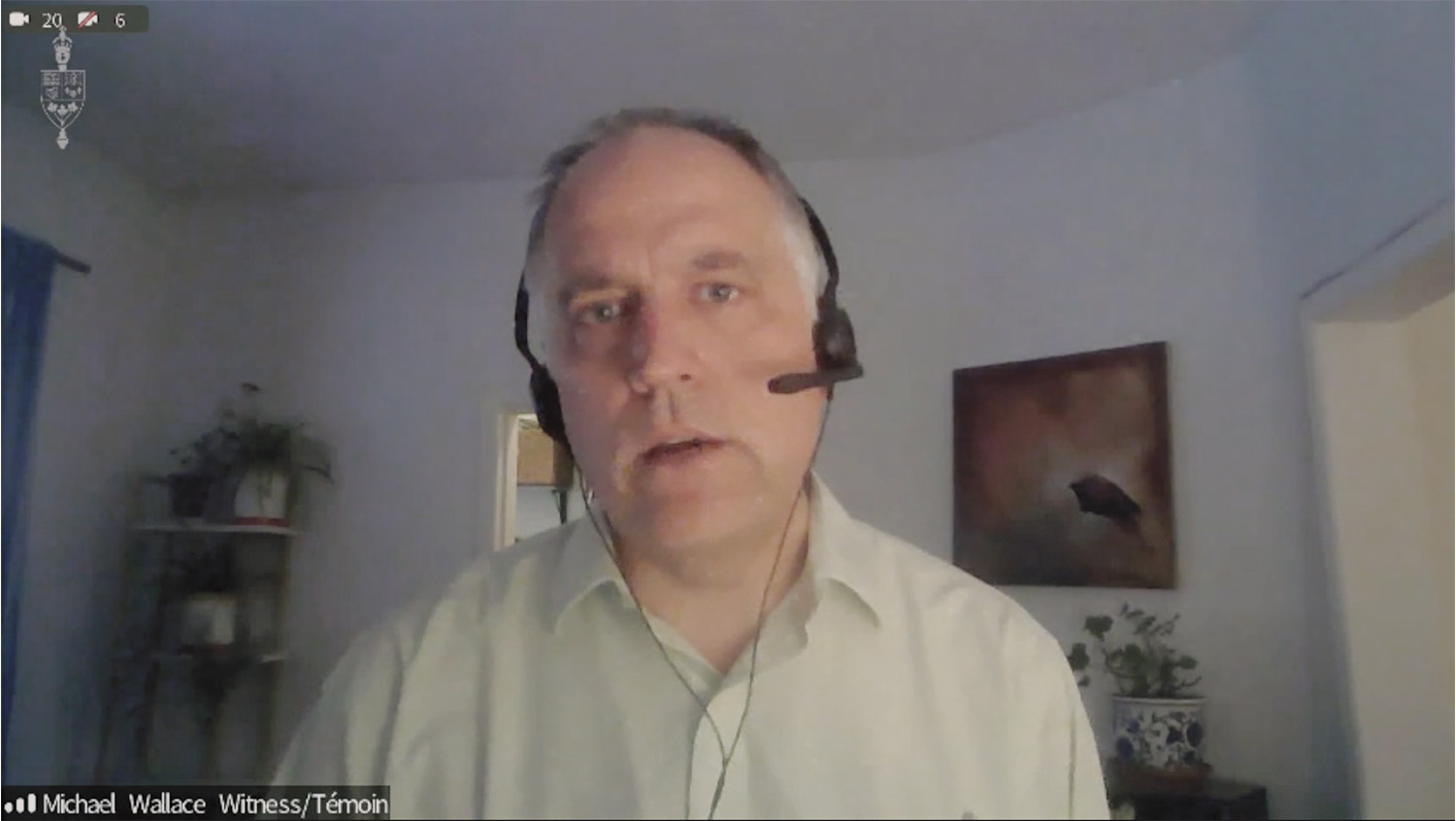
Museums Have Never Been More Important Than They Are Now
Canadian Museums Association Board president Michael Wallace and director Heather George appeared before the House of Commons Standing Committee on Canadian Heritage of February 7, 2022. The Committee was holding hearings on the impact of the pandemic on Canada’s cultural sector.CMA’s representatives told MPs that the pandemic had “brought in sharp relief historical inequities and grievances, and exacerbated divisions within our civil society.” The added that as safe places of reflection, museums had a key role to play in healing Canadian society and in helping it move forward but that a common vision in the form of a new national museums policy was needed.
Their remarks were edited for length and clarity.
Thank you, Madam Chair and committee members for giving us this opportunity to add our voice to these important proceedings.
I’m Heather George. In addition to being a member of the CMA Board, I am Guest Curator at Woodland Cultural Centre in Brantford, Ontario. Established on the site of the former Mohawk Institute Indian Residential School, the Woodland Cultural Centre exists to preserve and promote Indigenous history and culture.

Heather George
With me is Michael Wallace, president of the Canadian Museums Association and the Executive Director of the Theatre Museum Canada — a small museum preserving and celebrating our country’s performing arts heritage.
Together with its provincial and territorial counterparts, the CMA represents more than 2700 organizations across Canada — from community and small volunteer-driven museums to national institutions — as well as hundreds of museum professionals.
It is from this pan-Canadian vantage point that we witnessed how the pandemic-related unpredictability of openings and closings affected staffing, programing, planning and morale.
The federal government’s pandemic assistance programs were instrumental in allowing our institutions to adapt to this unprecedented situation.
But they also served to highlight the economic fragility of the sector and the need to shift from ad-hoc funding programs to long-term strategic support.
While we know of only two museums closing because of the pandemic, we know of many more that are now in danger of closure if circumstances do not change soon.
Yet it is at the human level where the pandemic’s impact has been felt most acutely.
Every day, we hear from colleagues that their staff are on the brink of burnout. Others tell me that they’ve lost valued employees because of the chronic uncertainty.
And more recently — in a sign of the times no doubt — we’ve heard of museum employees being harassed and bullied for wearing masks and enforcing public health guidelines.

Michael Wallace
Of course, described in this manner, the impact of the pandemic on the museum sector is no different than for many other sectors — from health care to hospitality — that have been similarly upended by COVID.
We have to look more closely at our sector’s place and role in society — today and in the future — in order to chart a way forward that is informed by the lessons of the last two years.
Museums provide a value of $1.2 billion a year in educational benefits — and $277 million in value of online visits. They provide good jobs, and opportunities for Canadians to give back to their communities through volunteering.
Their economic value to the country is clear.
But more to the point, they are an integral part of our social fabric. And they have never been more important than they are now.
The stress and trauma of the last two years has laid bare deep fissures in Canadian society.
It has brought in sharp relief historical inequities and grievances, and exacerbated divisions within our civil society.
Museums are safe spaces for reflection about civility and civil society; about personal and social responsibility; and about diversity and inclusion. They are safe spaces for dialogue and healing at a time when a cacophony of seemingly irreconcilable points of view dominates our daily lives.
As some of the most trusted and respected public institutions in the country, museums can provide Canadians with solid ground on which to pause and reflect to define a way forward out of the uncertainty of today.
But if museums are to play their unique role in healing our society and in helping Canadians imagine a better future together, this must be acknowledged by governments — starting with the Government of Canada.
But here’s the problem — Canada’s National Museum Policy was written in the early 90s — more than 30 years ago. It’s out of date. It simply doesn’t reflect modern Canada or its diverse museum sector — what they look like today, the challenges they face and their potential for tomorrow.
Developing a new national museum policy is crucial, not only for our sector — but for the country.
Developing a new national museum policy was highlighted as a high priority in the mandate letter of the former minister of Canadian Heritage in 2019. The lessons of the last two years tell us that it is even more important today.
Let’s write this new chapter for our museums, and for our country. Together. M
